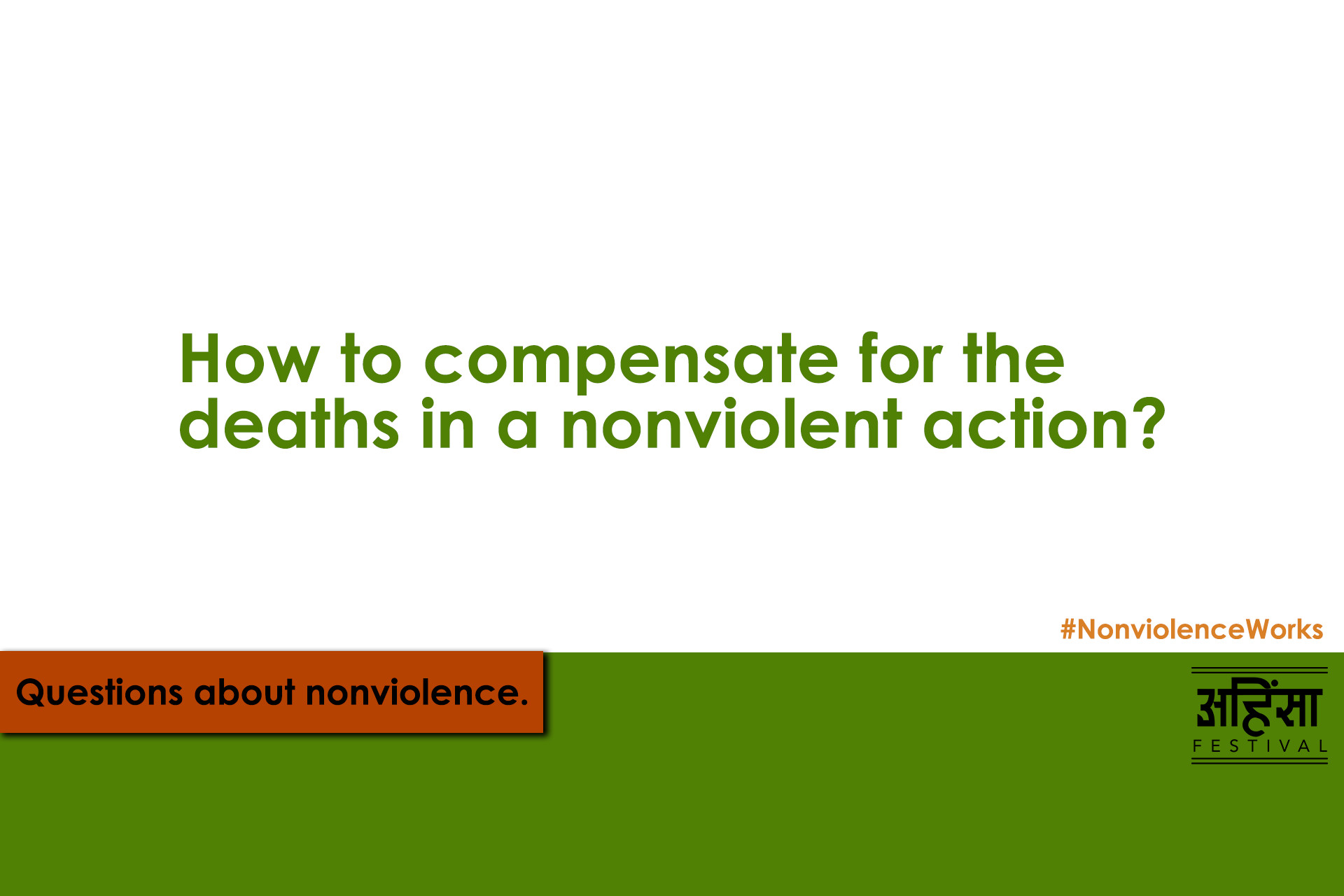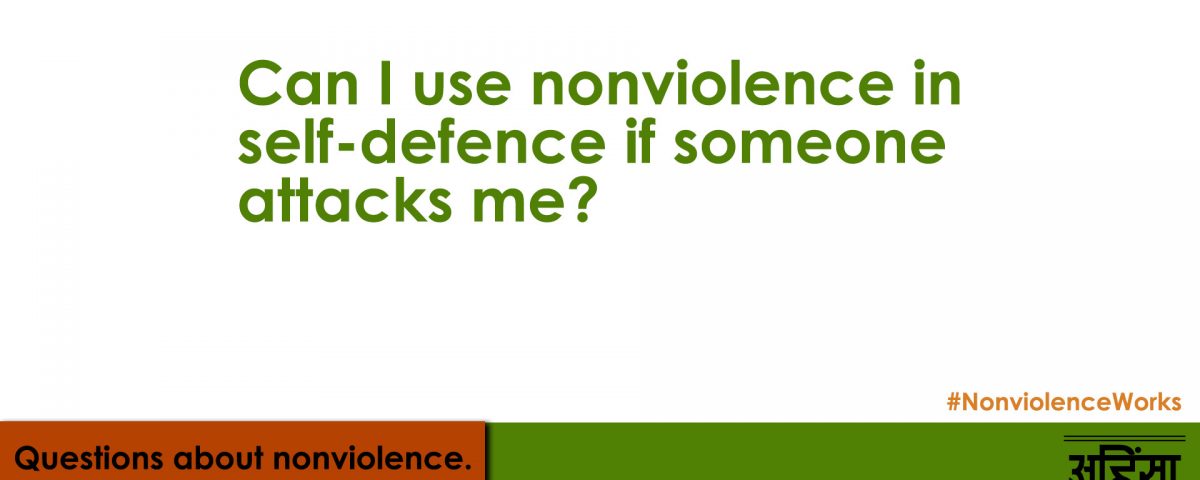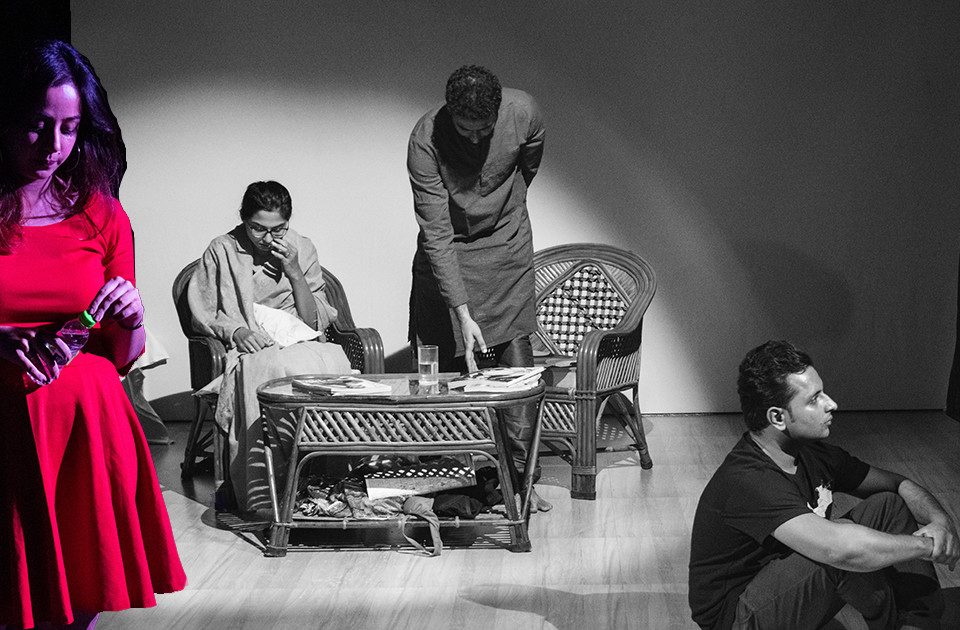
Introversion and how it slowly kills your business if you let it
August 30, 2017
How to compensate for the deaths in a nonviolent action?
October 23, 2017Divyanshu
It’s one of the most common questions about nonviolence that arises due to some misconceptions about the term and is often used as a mocking remark. The problem is that we’re brought up with stories like of Buddha and Angulimaal. In this story, the infamous killer Angulimaal stands ready to kill Buddha while the later doesn’t react. Angulimaal is furious, at first, on the passivity of Buddha and slowly he is in awe of how someone can be so calm in the face of death. Angulimaal reconsiders his actions, spares Buddha and becomes a follower of ahinsa.
We read about such stories in our childhood, and mostly they inspire a slight child-like fancy. But as we grow old, we face the question, is it possible? Can compassion really be the tool against violence?
Hardly. The story is about someone with divinity in his actions and thoughts. Buddha might have been a real man, but we don’t understand the circumstances in which these actions take place.
The nonviolence in modern times, developed by the likes of Mohandas Gandhi and Martin Luther King Jr. as a strategy and tool is quite different. And this method does not ask you to use compassion as a tool to stand against violence. If you are under attack, it is definitely not advisable to just drop everything and stand there, waiting for your foe to have a change of heart.
Compassion lies in the core of every nonviolent action because we believe that hurting a human being is not a good thing. But protecting oneself is also as important as taking a stand for the right cause.
There are several ways in which one can take a nonviolent where one is under attack. Observe your situation. Can you reach for help? Can you gather support and ward off the opponent? Can you escape? (And please don’t take the word escape as a coward’s way out. A fight will result in damage to both the parties. It’s always about how long can you go about without getting into a fight. Words of wisdom from Sun Tzu.)
If all the options of avoiding the fight don’t work out, then do what’s necessary. Use force. If you can disarm your opponent, go for it. If you must hurt them, do it to stop them. These actions fall under the category of self-defence. The first intention here is to save yourself. Even our law accepts self-defence as a just action.
And this applies to everyone: women facing harassment, an individual cornered by a threatening group, spouses facing domestic violence. Self-defence, therefore, in itself is a nonviolent practice.
Edit: I want to mention one more thing, which I had missed originally. The act of self-defence is also considered as a different case in the eyes of the law, and not simply as a violent act.
More such questions will be answered at the Ahinsa Festival 2017.
If you also have a question regarding the idea of nonviolence, then feel free to submit your query here.
![]()


